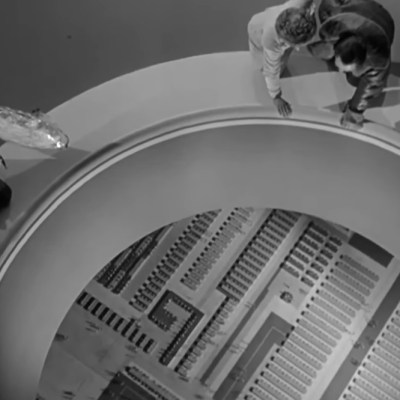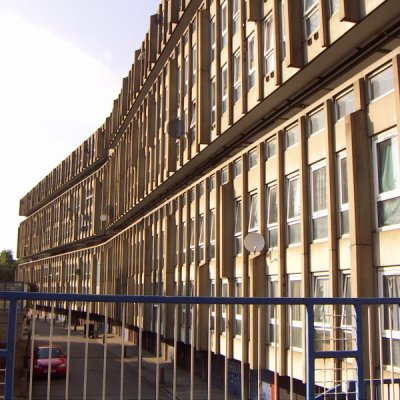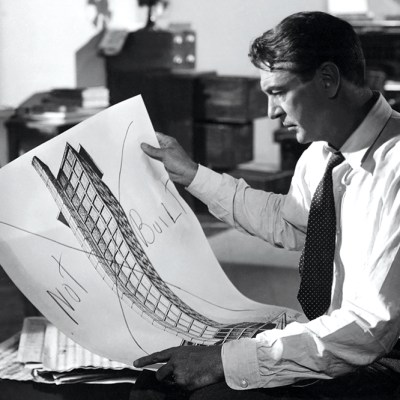Earlier this summer the journalist and broadcaster Samira Ahmed was appointed president of the Twentieth Century Society (C20), which campaigns to conserve modern architecture. Ahmed has been broadcasting about architecture for many years, not least on Front Row, the BBC Radio 4 arts programme she has co-presented since 2014. She sits on Historic England’s National Blue Plaques Panel and has covered architectural heritage as far afield as Los Angeles and Iran. Ahmed spoke to Apollo about her new role at C20, conservation in Britain and how the Society can shape the public conversation around architecture.
Your predecessors have been architectural historians. What made you want to take on the role, and how do you want to advance the Society’s work?
I suppose my expertise lies in the fact that I’m a media person. As a journalist, I know a story and how to tell a story. I’m a citizen first, and share the passion of ordinary citizens, but I also bring a bit of expertise in how to maximise attention.
One of the stories we covered on Front Row was the campaign to save the Dorman Long cooling tower in Middlesbrough from being demolished. There’s sometimes this gap between what the public care about passionately, often things around them, and what politicians think is important. As a journalist you can mediate that gap. I was on a train the other day, going past the eight cooling towers near Long Eaton. The power station was only decommissioned in September, and the cooling towers are remarkable pieces of architecture in their own right. People feel really affectionately about them […] The key is, how do you mobilise that the public’s interest in their own environment?
Part of what C20 can do is make us all reconsider what we think of, and don’t think of, as important heritage. Over the years I’ve covered so many stories that are technically ‘art and culture’ stories but are always about how people feel about the places they live in. I made a documentary about the novelist Arnold Bennett, for example, but [it’s equally about] the amazing Victorian architecture of Stoke-on-Trent, where he’s from.

What else are you hoping to achieve as president?
I’m concerned about the demolition and removal from proper use of cinemas and theatres. The Soho Theatre in Walthamstow is a great example of how a community can save what was a cinema and turn it into an amazing [venue]. Cinemas and theatres are anchors of the community and part of a night-time economy. They’re not just beautiful buildings, they’re also important ones. And just because someone’s bought a building doesn’t mean you have to give up on restoring its use.
What could the UK learn from other countries when it comes to preserving its architectural heritage?
When I lived in LA, I was doing a lot of stories about cinema buildings. The United States in general, and LA in particular, has always had this obsession with the new: they would demolish old cinemas just like they’d throw away their old films. It wasn’t until Disney restored El Capitan, one of the great 1920s picture palaces on Hollywood Boulevard, in the ’80s, that people really started to appreciate what these buildings could mean and the joy of going to see a film there. We could learn from this – about the danger of being obsessed with the new for its own sake.
In Iran, what was really interesting was people’s relationship with culture: it’s deeper than their relationship with the regime. A lot of people are aware of the gulf between them and the government that oppresses them. There are 29 UNESCO heritage sites in Iran; a lot of them are pre-Islamic and Iranians are proud of them as their own. But as ancient as this culture is, it’s also a lived culture. Iranians go to visit these places. Persepolis, the most famous archaeological tourist draw in Iran, was nearly demolished during the Revolution, but locals and the local mayor came out and stopped them. What I learned from Iran is that people really need their local culture; it gives them strength. They all know their poetry much more than British people, on average, know their Shakespeare.
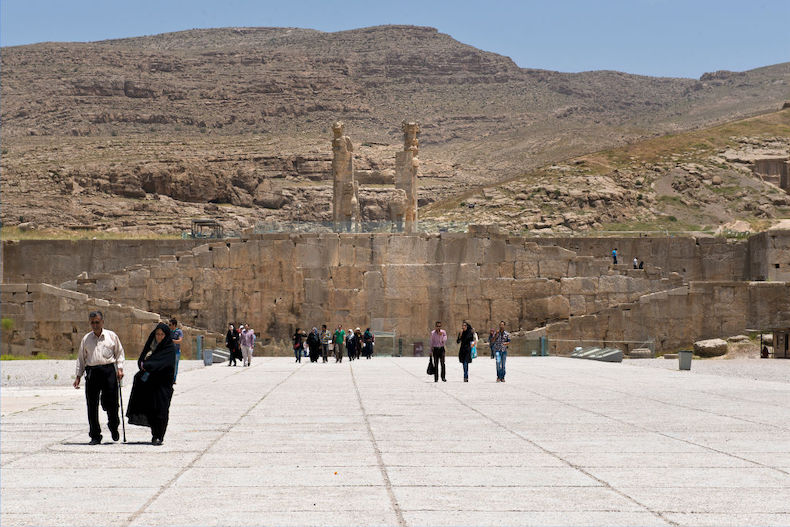
How good do you think the UK is at preserving buildings?
There’s this misconception that people who campaign for preservation are a variant of NIMBYs – that they’re people who don’t want change. I don’t think that’s true at all. Recently someone who was asking me about my new position was being a bit down about brutalism. I said, ‘Hang on a minute. When did they start pulling down Victorian architecture, which you’re so keen on? Around the 1930s, when the buildings were 50 years old and suddenly out of fashion.’ Every 50 to 70 years we suddenly start thinking, ‘We don’t need this stuff.’ Down the line, I think we’ll regret it.
For my generation, born in the late ’60s and early ’70s, brutalism represented this incredibly glamorous vision of the future. We’d all been raised on ’60s sci-fi; I love the National Theatre – the idea of an arts centre where you don’t need to walk on street level because you have raised walkways in the sky. These things were aspirational. There are a lot of very good reasons why people are keen on preserving their heritage. It’s about holding on to something that lasts longer than the short-term goals of political cycles.
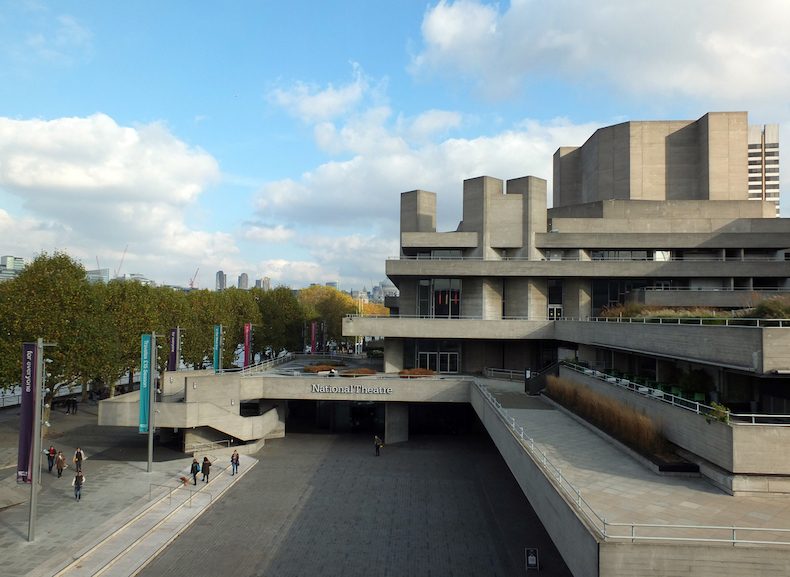
C20 was formed to campaign against replacing the old Lloyd’s of London building with Richard Rogers’s design – but it is now just as likely to defend Rogers’ buildings. Does this say anything about the changing nature of what counts as ‘heritage’?
As I’ve got older I’ve become much more open-minded; I’m more likely to think, ‘My instinct is that I don’t like it, but give me the case for it.’
Take the Kirkgate Shopping Centre in Bradford, a brutalist complex in the middle of this beautiful Victorian city centre. I question the amount of energy that will go into demolishing it just to put something else up. Similarly, the Oastler Centre, another concrete marketplace in Bradford, is being demolished now but I went around it when it was still open and it was bustling, like the Victorian marketplace it would have replaced in the first place. There’s an obsession with replacing a thing with essentially the same thing – we need to think really carefully about why we’re doing it and the disruption it causes.
Some arguments for protecting buildings can be hard to distinguish from personal nostalgia, but do you think there is also a fondness for the values that those buildings represent?
I did my postgraduate diploma at City, now City St George’s, University of London, on Northampton Square. It’s an amazing Victorian building, and at the back it had a 30-metre indoor swimming pool with those old-fashioned saloon-door changing rooms. The pool was built for the 1908 Olympics, and I used to swim there in the mornings. At some point in the mid ’90s they decided to convert it into a library. They’ve kept the partitions that used to be the changing rooms, and they’ve taken the doors off so there are little study areas. In a way, this breaks my heart even more. I don’t buy this whole idea of, ‘Well, we’ve kept the building; we’ve kept some semblance of what it once was.’ They should have found a way to keep it working somehow: it was a big part of health and fitness for students. I hate it when everything except the facade is demolished, as if that’s good enough. London isn’t a Hollywood set; Britain isn’t a Hollywood set.
Architecture often gets co-opted by debates that are not conducted in good faith. How can C20 help make the conversation more meaningful?
By challenging some of the nonsense. The press is interested in cheap headlines, clickbait and stirring up trouble for the sake of it. We have to resist that; we have to anticipate the possible arguments and work out answers in advance but refuse to engage with [the debate] on those terms.
I was thinking recently about how Berlin has had to make big decisions about refurbishing its museums. What David Chipperfield Architects did with the Neues Museum [in 2009] was just amazing, because they kept a sense of its past and didn’t hide all the decay and war damage, while also making it an exciting new place, opening it up and letting the light flood in. It seems to me that these are the stories that we can and should be promoting – the stories of how British architects are helping to bring other countries’ capitals to life and heal old wounds. Architecture is a great healer.
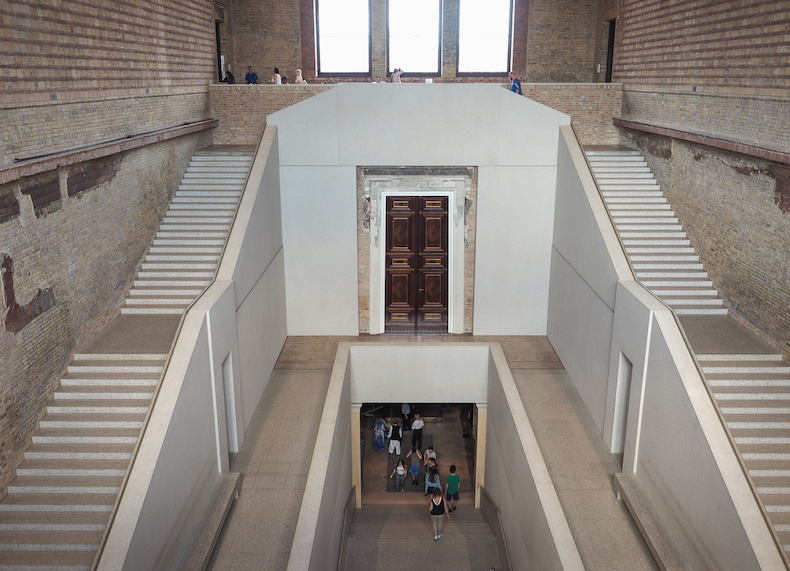
What are your biggest frustrations with the listing process?
Political priorities can have a lot to do with it. Sometimes the custodian of a given building doesn’t want their building listed because it restricts what they can do in terms of changing its usage. I know people who are involved in the battle over the M&S on Oxford Street, and though I don’t think it’s a particularly amazing building, the strongest argument [for keeping it] seems to be the amount of carbon dioxide that would be released by demolishing it and putting up something new. This might be a case, dare I say it, where it’s worth keeping the facade [and changing the internal structure]. I’m a little concerned by how much money and effort goes into some of these battles, but they are symbolic: once one is won or lost, that’ll affect the next one.
There is talk of pedestrianising Oxford Street, but that’s another thing that’s on my mind: the pedestrianisation of city centres without any thought to disabled access. Birmingham is an example: you have that amazing new library [the Library of Birmingham, completed in 2013] and the Birmingham Rep, and everything’s been cleaned up and pedestrianised. But if you’re disabled and you want to go to the theatre, you can’t get public transport anywhere near these places anymore. A cleaned-up civic space that has no public transport access is a dangerous thing, and we’ll regret it. They’re doing it to train stations as well: you have to walk so far to get to the actual platforms, but these buildings were designed for quick drop-off and access. This isn’t about being ‘pro-car’ – it’s about failing to recognise that these buildings and the environments around them were built to be lived in and used.
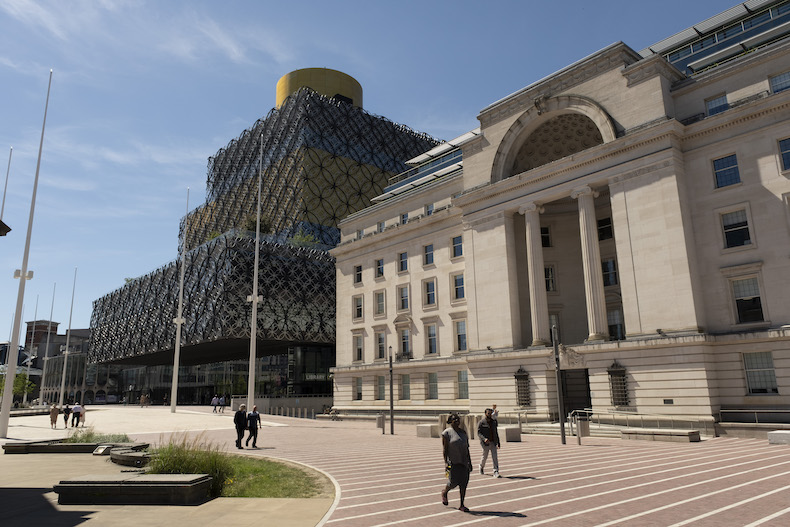
C20 doesn’t just protect buildings – it has campaigned to protect phone boxes, for instance, and lidos. Are there are other objects or structures you’d like to see protected?
Twentieth-century clocks on public buildings are my personal obsession: if I could have saved anything, it would be all the clocks inside Underground stations. They were built into the fabric of the Victoria line, for example – analogue clocks, or digital clocks with analogue tickers. It’s an important connection between our working selves and our connection to the universe.
In the main foyer of the Royal Festival Hall there used to be a little clock above the bar – not digital, but numerical, and the new numbers clicked over like a 1960s station clock. During the refurb in 2005–07 they replaced it with an analogue clock that isn’t very clear, doesn’t fit with the surroundings and has just been stuck on. Why would you take away something that was an integral part of the interior? These might seem like little details but they can really make a difference, and retaining them shows consideration for the original concept.
Do you have a favourite building in the UK?
80 Strand, partly because it’s got that fabulous clock [on the facade]. I tried to get into it once, when it was still Shell Mex House, and just below the clock there’s what looks like a giant room with a floor-to-ceiling window. I always thought it would be like being in a 1940s film with Gary Cooper as a titan of industry – like The Fountainhead, but not in a fascistic way. Every time I see that building I get excited.

